Introduction
When people think of OASIS, it’s usually their iconic Britpop sound that comes to mind. But the band’s influence extends beyond just music. The rise of OASIS in the 1990s also marked a significant shift in the world of photography, particularly in how musicians were captured and represented visually.
The OASIS Effect on Music Photography
OASIS wasn’t just a band; they were a cultural phenomenon. Their rebellious attitude, distinctive style, and raw charisma were not only heard in their music but also seen through the lens of countless photographers. Photographyplayed a crucial role in building OASIS’s image, transforming them into icons.
Photographers like Kevin Cummins and Jill Furmanovsky worked closely with OASIS, capturing them in ways that were candid, unpolished, and often rebellious. These photos weren’t just promotional material—they became part of the band’s identity, mirroring the raw and gritty sound that defined Britpop.
Technical Mastery Behind the Lens
Kevin Cummins is renowned for his classic, black-and-white images that capture the essence of the music scene. His technique involved several key elements:
- Film Photography: Cummins preferred using traditional film cameras, which allowed him to produce high-contrast images with a distinct grainy texture. This choice gave his photos a timeless quality and emphasized the raw, unfiltered nature of the band.
- High Contrast and Grain: By using high contrast and grain in his images, Cummins highlighted the gritty and rebellious spirit of OASIS. This technique helped convey the band’s authenticity and raw energy, setting a visual standard for music photography.
- Candid Shots: Cummins’s ability to capture candid, spontaneous moments was pivotal. He often used a 35mm camera with a fast lens to shoot from a distance, allowing him to capture natural, unposed scenes that felt genuine and immediate.
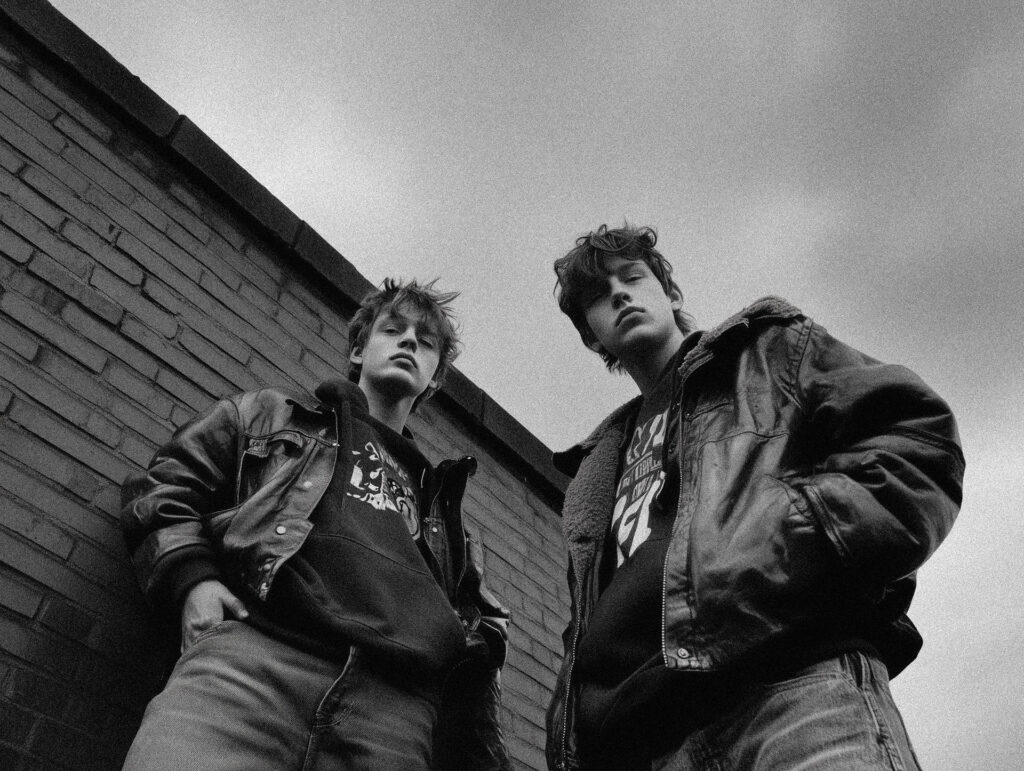
Jill Furmanovsky is known for her dynamic approach to live performance photography:
- Fast Shutter Speeds: Furmanovsky employed fast shutter speeds to freeze action during high-energy performances. This technique allowed her to capture the intensity of OASIS’s live shows, conveying movement and emotion effectively.
- Creative Angles: She often used unconventional angles and close-ups to create a sense of intimacy and drama. This approach helped her convey the excitement and scale of the band’s performances, making viewers feel as though they were right there in the moment.
- Lighting Techniques: Furmanovsky was adept at working with stage lighting to enhance her photos. By using the existing lights and sometimes adjusting her camera settings, she managed to capture the vivid colors and atmosphere of the live performances.
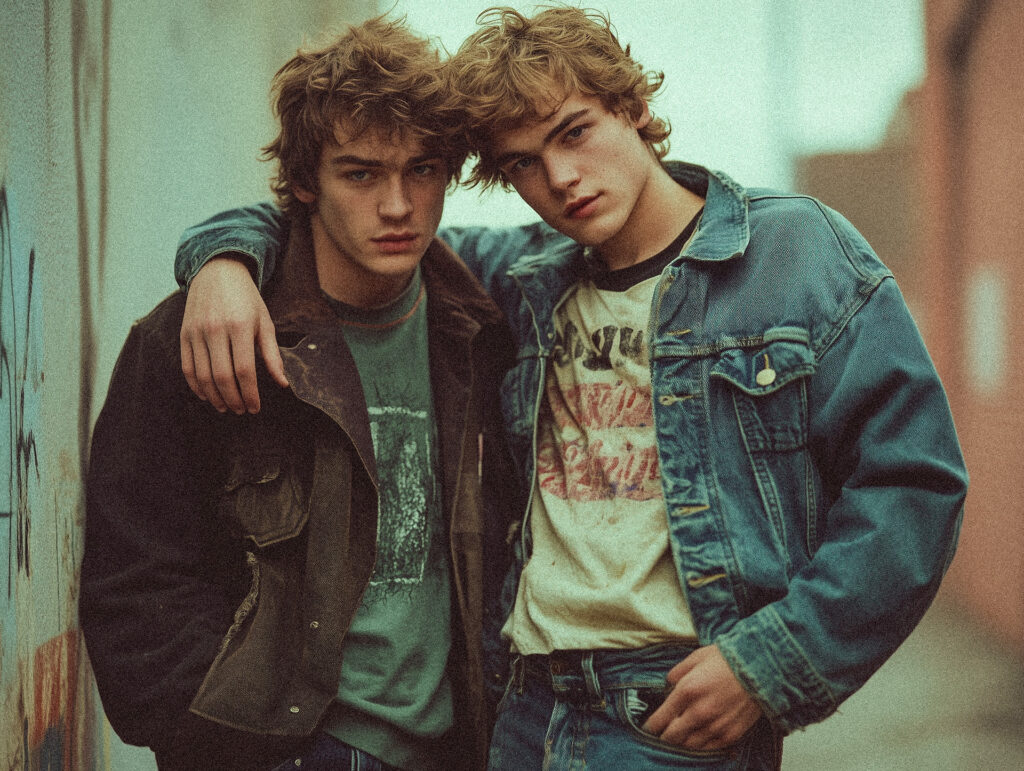
The Backgrounds of Iconic Photographers
Kevin Cummins began his career in the late 1970s and gained recognition for his work with bands like The Smiths before teaming up with OASIS. His approach to music photography was heavily influenced by his background in documenting the Manchester music scene. Cummins’s style reflects a deep understanding of the cultural context of the bands he photographed.
Jill Furmanovsky started her career as a freelance photographer in the early 1980s, working with bands such as Led Zeppelin and David Bowie. Her experience with high-profile music acts and her keen eye for capturing live energy made her a perfect fit for documenting OASIS. Furmanovsky’s background in photojournalism and portrait photography allowed her to blend technical skill with a personal touch.
Iconic OASIS Photos That Defined an Era
Some of the most memorable photos of OASIS helped cement their status as one of the greatest bands of the 1990s. The infamous shots of Liam and Noel Gallagher in casual wear, lounging around or walking down the street, felt accessible and relatable. These photographs became iconic, plastered across magazine covers, posters, and websites.
Even decades later, these images are still heavily circulated and celebrated. They defined not only OASIS’s visual legacy but also set a standard for music photography that would influence countless other bands and artists.
OASIS and the Rise of Concert Photography
Another area where OASIS made a significant impact was in live concert photography. Their larger-than-life performances, such as their legendary Knebworth concerts in 1996, were a goldmine for photographers. These photos captured the energy, scale, and intensity of the band’s live shows, immortalizing OASIS as one of the most powerful live acts of the era.
The demand for concert photography increased significantly during this period. Fans wanted to relive the moments from the shows, and photographers responded by delivering dramatic, larger-than-life images that became as iconic as the music itself.
Conclusion
OASIS didn’t just dominate the music charts—they also left an indelible mark on the world of photography. From the raw, candid shots that shaped their public image to the stunning concert photos that immortalized their live shows, the band’s influence on music photography is undeniable.
For photographers, OASIS offered the perfect subject: rebellious, unapologetic, and larger than life. Their influence continues to inspire both established and aspiring photographers today, reminding us that great music is often best accompanied by equally great visuals.

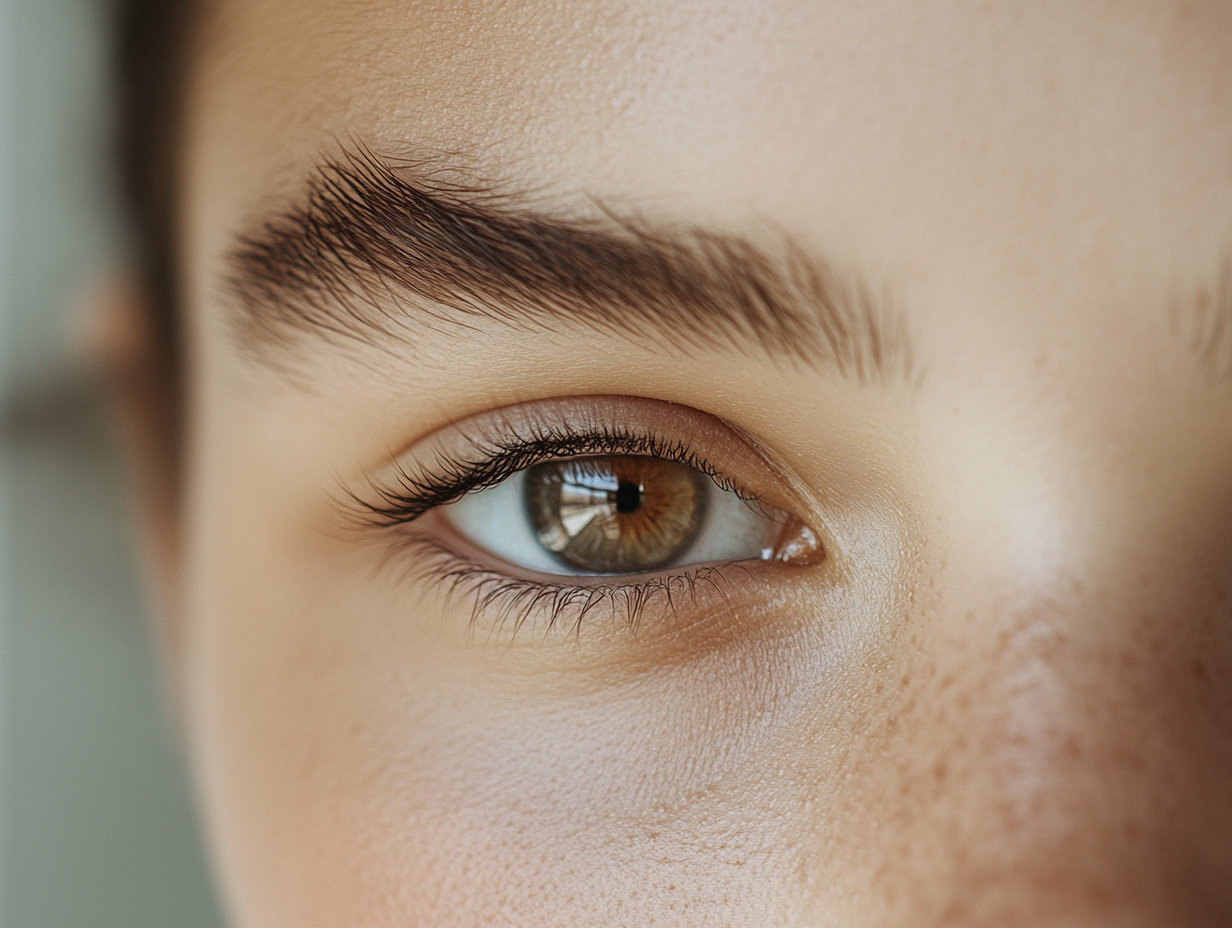
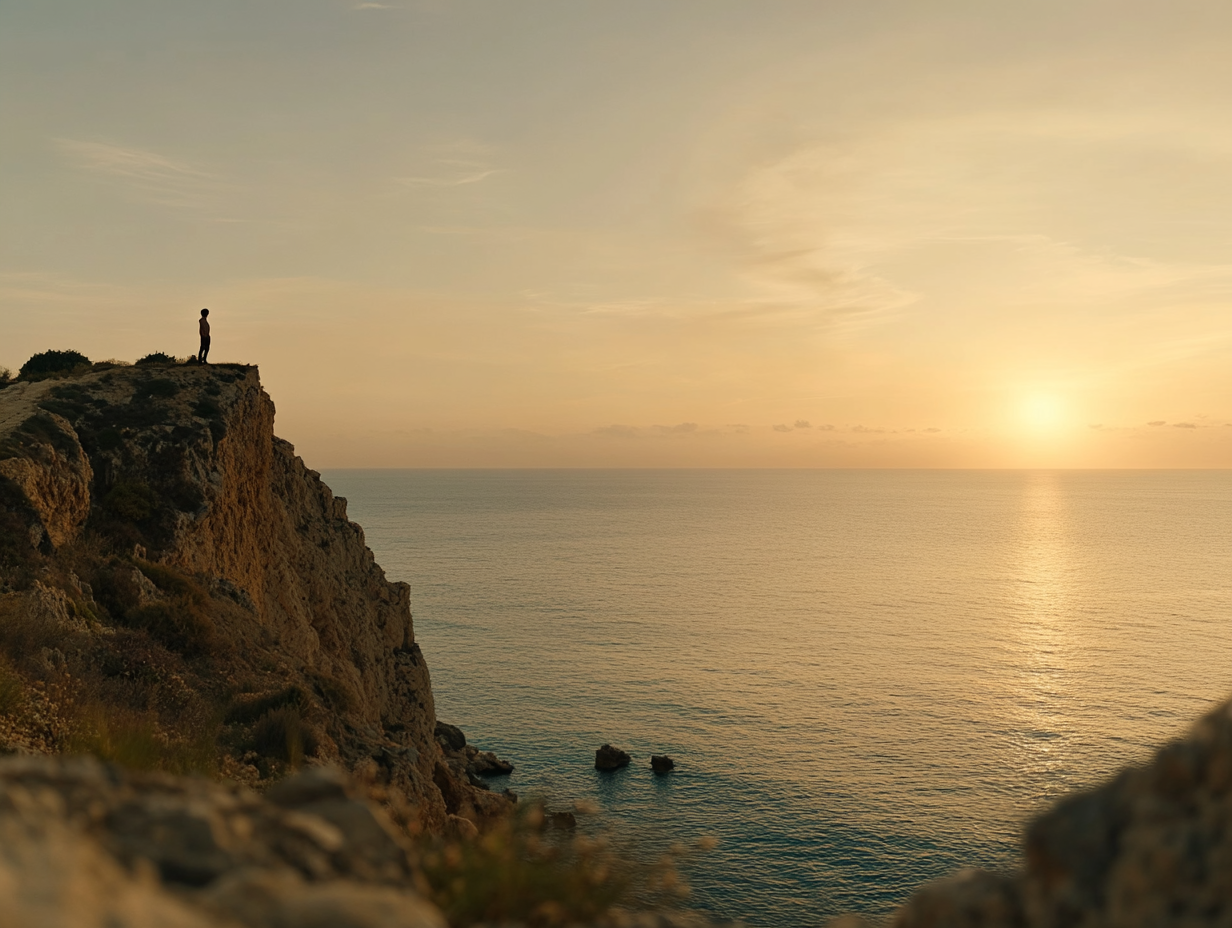
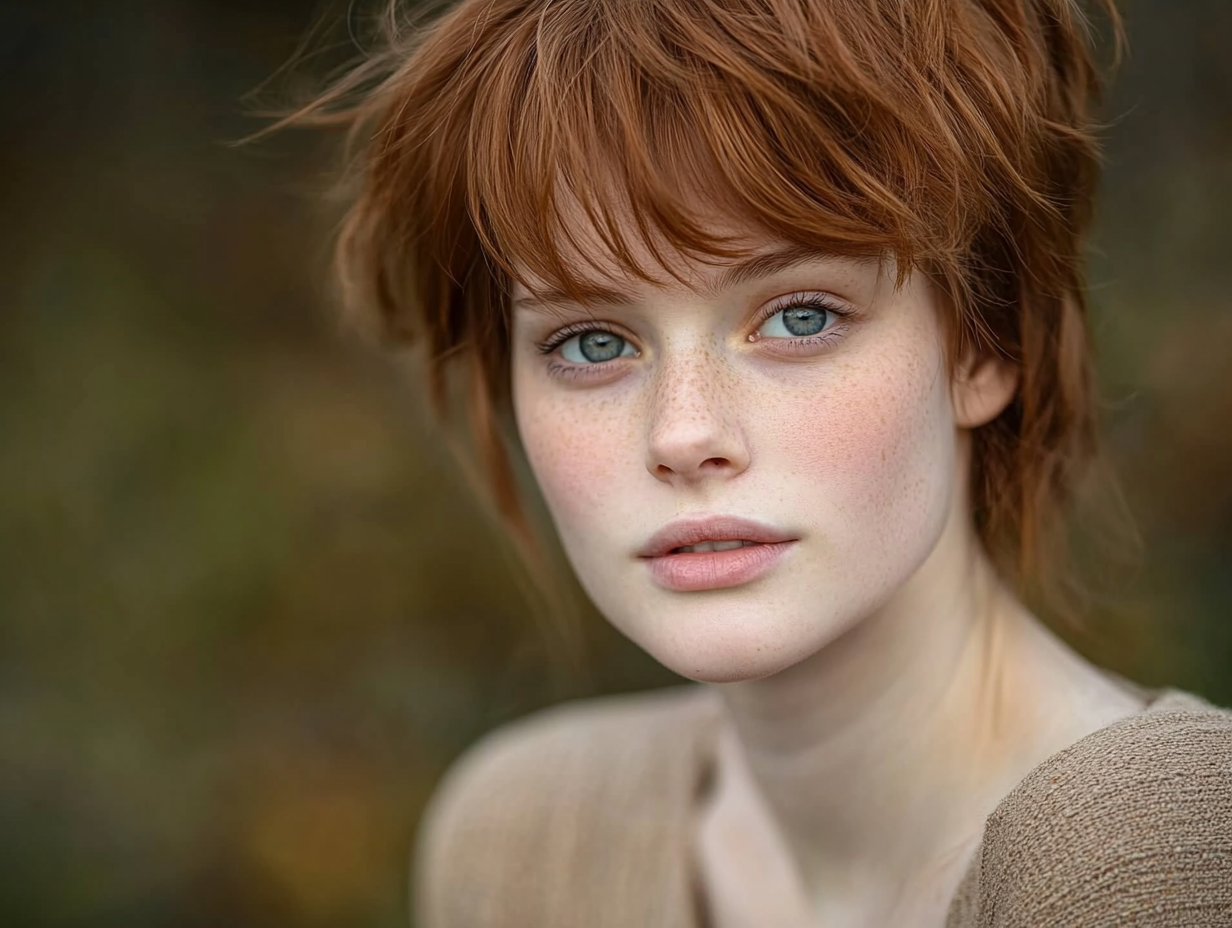
0 Comments